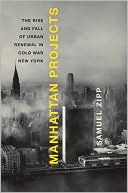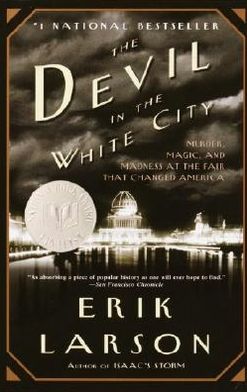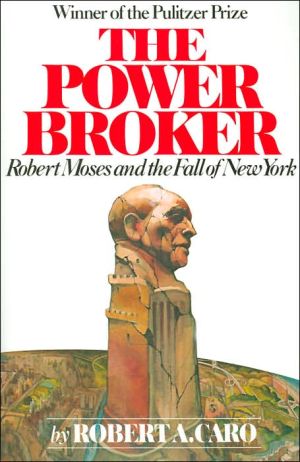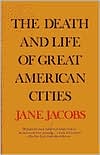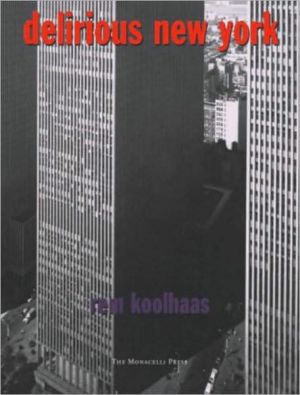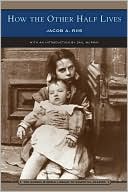Manhattan Projects: The Rise and Fall of Urban Renewal in Cold War New York
Search in google:
Moving beyond the usual good-versus-evil story that pits master-planner Robert Moses against the plucky neighborhood advocate Jane Jacobs, Samuel Zipp sheds new light on the rise and fall of New York's urban renewal in the decades after World War II. Focusing on four iconic "Manhattan projects"—the United Nations building, Stuyvesant Town, Lincoln Center, and the great swaths of public housing in East Harlem—Zipp unearths a host of forgotten stories and characters that flesh out the conventional history of urban renewal. He shows how boosters hoped to make Manhattan the capital of modernity and a symbol of American power, but even as the builders executed their plans, a chorus of critics revealed the dark side of those Cold War visions, attacking urban renewal for perpetuating deindustrialization, racial segregation, and class division; for uprooting thousands, and for implanting a new, alienating cityscape. Cold War-era urban renewal was not merely a failed planning ideal, Zipp concludes, but also a crucial phase in the transformation of New York into both a world city and one mired in urban crisis.Publishers WeeklyZipp highlights four post-war construction projects in New York City that significantly altered the landscape, delivering a measured critique of urban renewal at a time when “city blocks were literally uprooted, broken down, and reconstructed in geometric arrangements that produced a new, unfamiliar sense of order.” The author looks at efforts that helped to create and maintain Manhattan’s global influence on politics and the arts: The United Nations headquarters, for instance, designed by a diverse group of 11 architects, became “a kind of international territory, considered inviolable under U.S. law, and figuratively, politically, and aesthetically to no one nation.” And Lincoln Center traded “blocks of tenements, warehouses, factories, and storefronts for a world-class, modern performing arts complex that capped New York’s campaign to become the cultural capital of the world.” But the plans that perhaps most directly affected Manhattan residents include the construction of Stuyvesant Town in the 1940s and “vast belts of public housing... erected in East Harlem” in the 1950s and ’60s. Though at times overly academic, Zipp’s deeply-researched and comprehensive volume manages to give readers a strong sense of history and a relevant social context in which to view it. Photos. (June)
IntrodutionPart I: United Nations1. Clearing the Slum Called WarPart II: Stuyvesant Town2. Remaking the Ethic of City Rebuilding3. The Mass Home in the Middle-Class CityscapePart III: Lincoln Square4. Culture and Cold War in the Making of Lincoln Center5. The Battle of Lincoln SquarePart IV: East Harlmen6. Cold War Public Housing in the Age of Urgan Renewal7. Confronting the "Mass Way of Life"Conclusion: Under the Sign of the White Cross Notes Index
